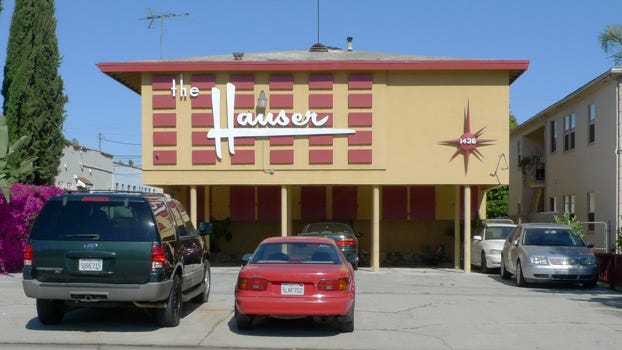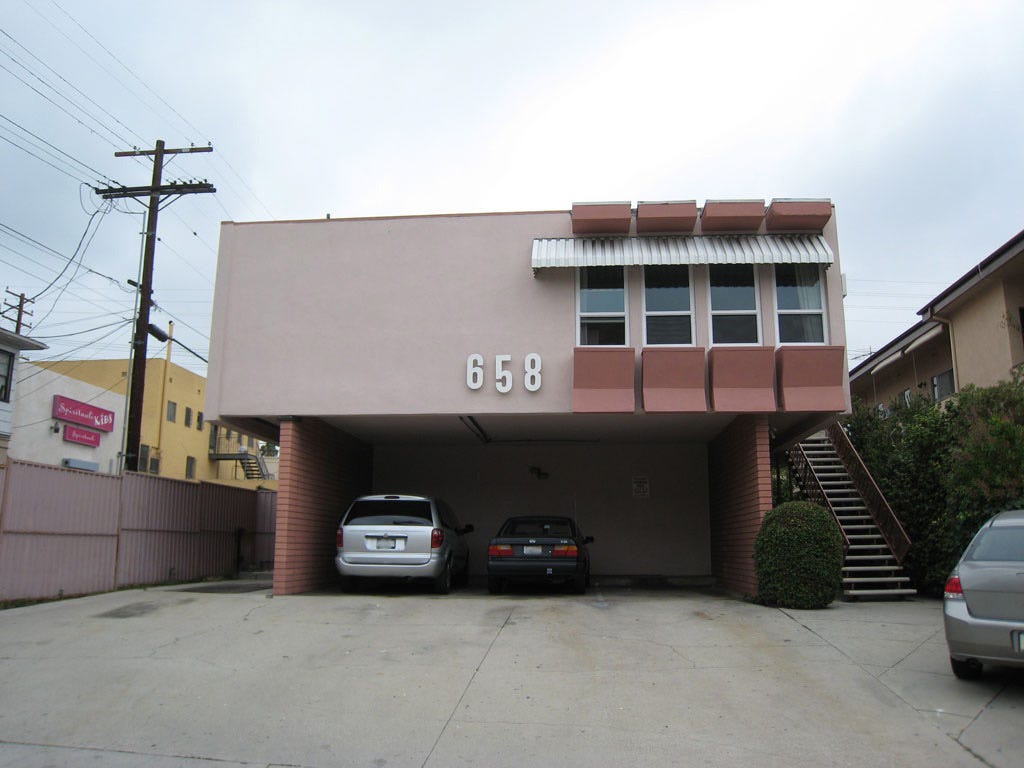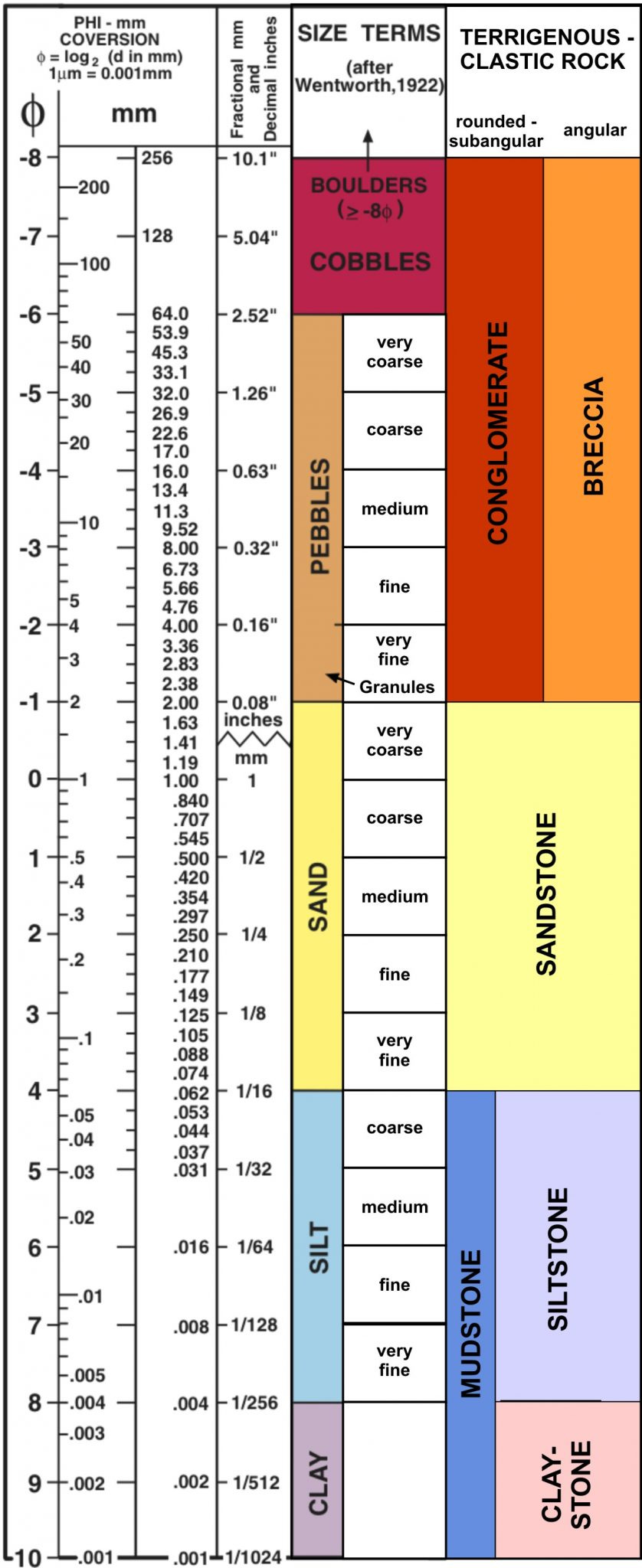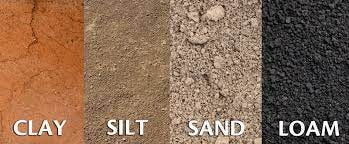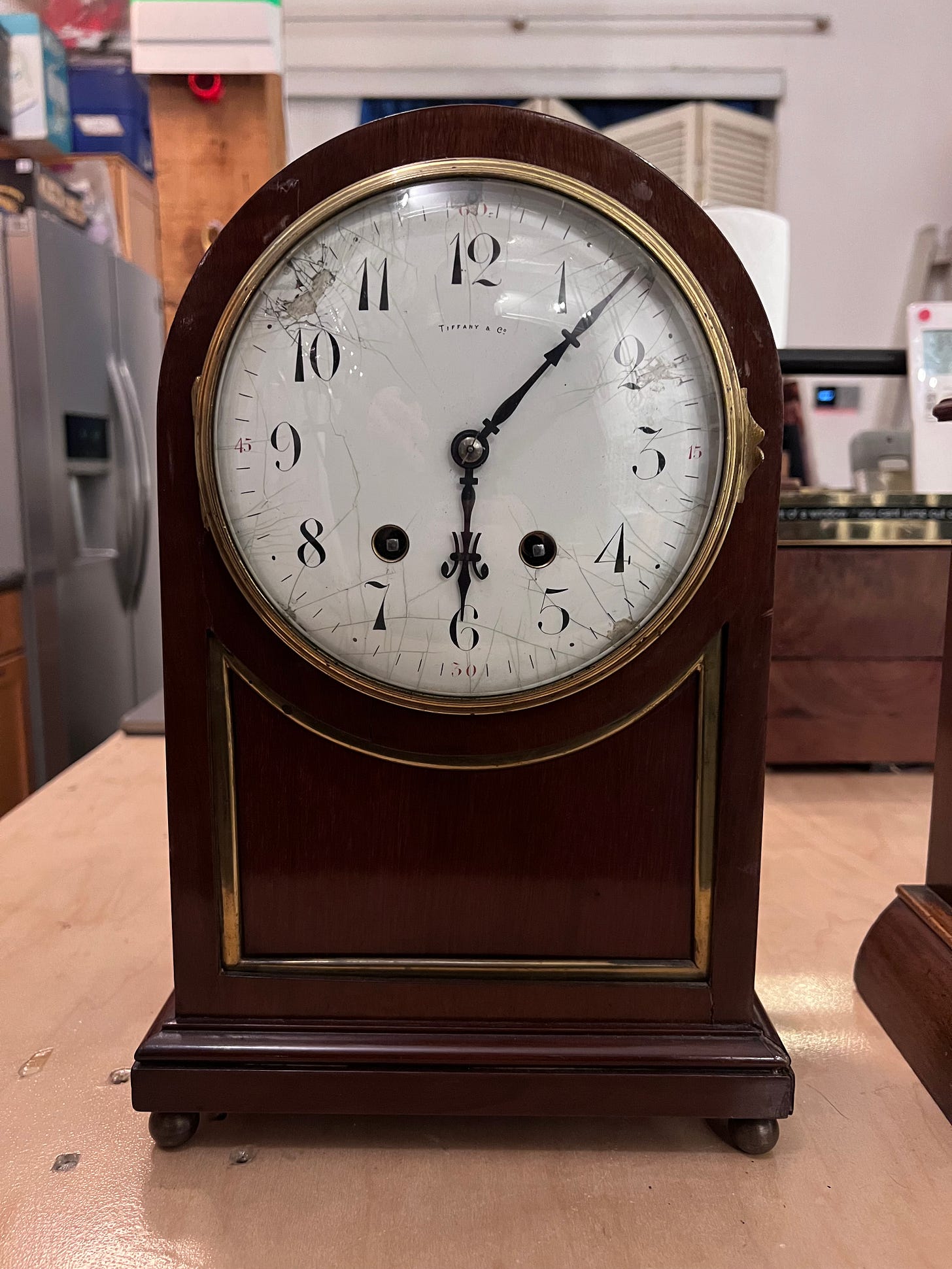DINGBATS [ARCHITECTURE]
If you’ve spent any time in Los Angeles you’ve definitely seen a Dingbat.
The Dingbat has actually become a style of architecture unto itself. These apartment buildings are associated with Los Angles (or the Sun Belt) built in the 1950’s and 60’s.
The actual reason this style of building was developed is fascinating.
First, the name “Dingbat” comes from the ever-present, ever-random, ever-aspirational ornaments on the facade of these buildings. These decorative objects sometimes resemble printer’s ornaments. These marks, when brought into the digital age are also referred to as dingbat fonts.
This style of apartment building was developed out of zoning regulations, and the need for affordable housing as LA grew after the second world war.
Subdivided into as many units as the lots could accommodate — usually between 6 and 12 — most of these stucco boxes left little room outdoors, except for an exposed carport slung beneath the second floor. This new format for affordable multifamily living became nearly as ubiquitous as the single-family tract housing that iconified the much-mythologized Southern California suburban lifestyle.
via Bloomberg
Looking into these buildings, most commenters focus on the aesthetics, usability, and safety.
However, when viewed from a low-cost housing lens, these dingbats (albeit an updated version) are a way to bring middle-class people into central, more affluent areas. (Extra credit if you remember The Slums of Beverly Hills film)
Los Angeles is in the middle of a huge housing crisis. It’s grim.
The constant NIMBY pushback on low-cost housing in LA give me little hope when solutions are put forth, but looking at post WWII population booms might be able to shed some light on ideas we dismiss out of cultural baggage.
This video is a great look at the Dingbat building.
SATELLITES [MONEY]
Speaking of low-cost housing…
Last week I talked about SpinLauch in RESONANCE 12.
This got me thinking…. if I had a satellite, how much would it cost me to launch the sucker into space?

Luckily, the internet has the answers. It’s between $10 Million and $400 Million.
There are a lot of factors; the orbital distance, weight, complexity, etc.
…the Pegasus XL rocket can elevate approximately 976 pounds into low-Earth orbit for about $13.5 million, which works out to be $14,000 per pound.
via OpticsMag
The OpticsMag article also goes into the different types of insurance you’d need if you were considering buying a satellite. Good information to have.
DAVID CHIPPERFIELD [PERSON]
Two weeks ago the most prestigious award in Architecture was awarded to David Chipperfield.
As a designer who believes in process and concept above all else, Chipperfield is a real hero of mine. Unlike many “starchitects” he doesn’t have a particular aesthetic style. He designs for the place, removing himself from the concept.
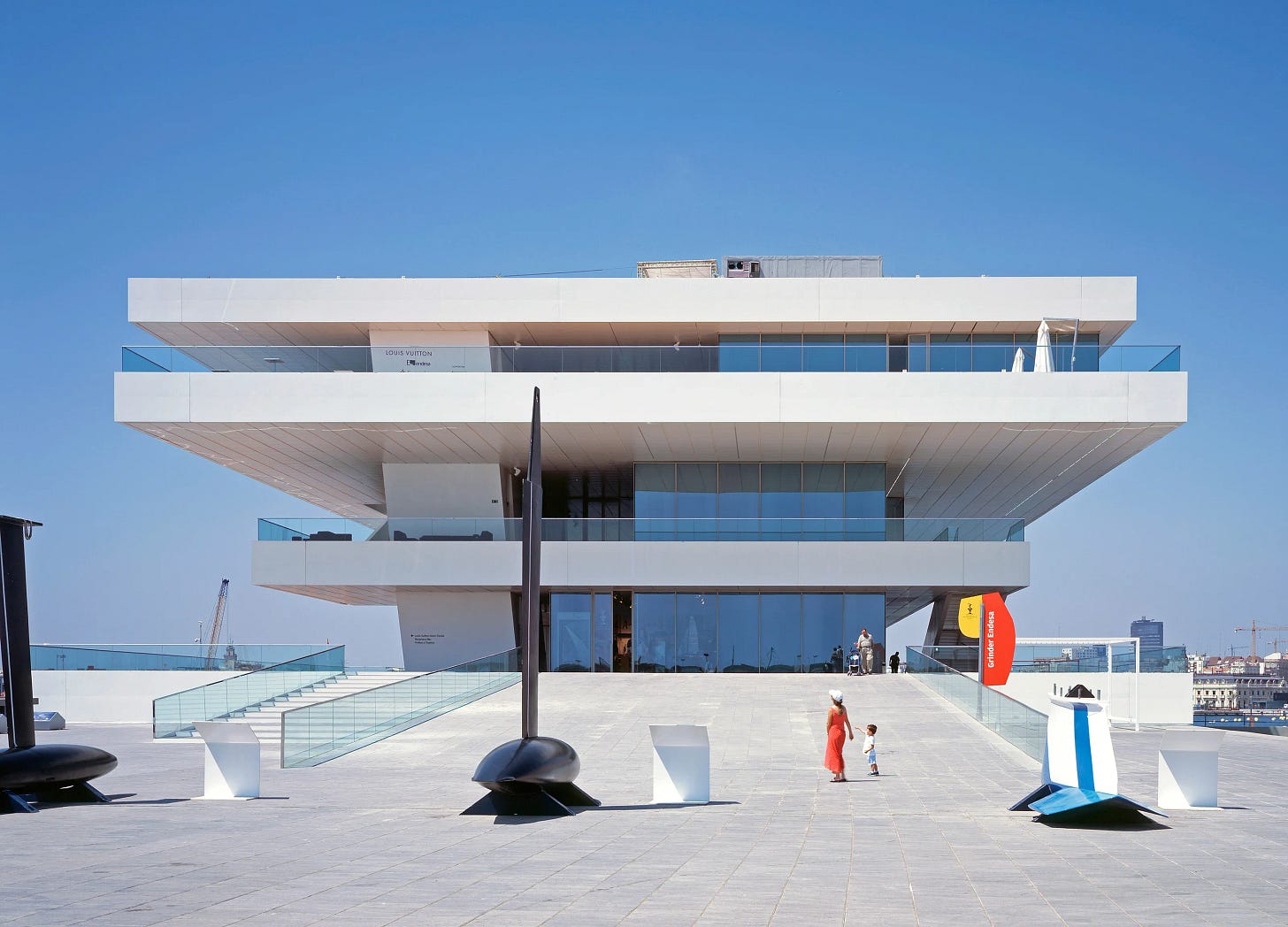

Here’s a good video on why he won the Pritzker.
Here is a PBS News Hour segment on Chipperfield winning the Pritzker.
GRAIN SIZE [EARTH SCIENCE]
At some point this week I heard the word “silt” and thought, what actually is silt.
This lead me to the classification of grain sizes. Obvs.
Facinating.
Granular material can vary from very small colloidal particles to boulders, through clay , silt , sand, gravel, and cobbles.
There are two (kinda three) ways we measure grain size. The Wentworth Scale (below) and the The Krumbein phi Scale are both used in the United States. The rest of the world uses ISO 14688-1:2017. Here in America we hate most things things with too many numbers in the name.
The Wentworth scale was coined by Chester K. Wentworth in a 1922 book. Anyone named Chester is right for America. Freedom!
Lastly, this week I bought a mechanical clock at a flea market. It’s beautiful. The chime. The ticking. The craftsmanship. More clock content to come! Get excited!




